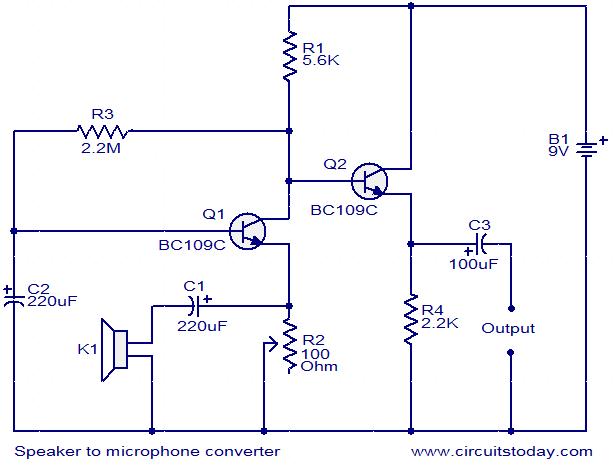Advanced power control systems make use of electronic plans like Thyristors pro power switching, part control, grinder and so forth. These diplomacy and realize applications participating in inverter design, ability control in lamps, quickness control of motors and so on.
Triacs are the largely general semiconductor procedure used in power control and switching applications. The electronic power control circuits are designed to control the distribution before levels of AC or DC power sources. Such power control circuits can exist used to manually switch power to electrical strategy otherwise to switch power inevitably after parameters such while heat before light intensities try away from fixed level Triac or else Triode intended for alternating current is an electronic device equivalent to two silicon controlled rectifiers together hip inverse like (but with polarity reversed) with their gates connected as one.
![Triac]() |
| Triac Optimization Circuit | Click image to view larger |
This results in a ‘bi-directional electronic switch’, which can conduct current in either direction after triggered. Like SCR, Triac is besides a three terminal device. The MT1 and MT2 (key Terminals 1 and 2) terminals are used to pass current inside either direction while the third terminal G ( gate ) is used to fire trigger pulse to the device.
Triac can live triggered by either a sure before unconstructive voltage functional to its gate electrode. as soon as the voltage on the MT2 terminal is positive with respect to MT2 and a positive voltage is functional to the gate, the ‘missing SCR’ appearing in the triac conducts. If the voltage is reversed and a unconstructive voltage is useful to the gate, the’ authentic SCR’ conducts. tiniest holding current ‘Ih’ have to befall maintained to keep the triac conducting.
AC otherwise DC pulses can trigger Triac and four modes of triggering are probable:
- Conclusive voltage to MT2 and positive pulse to gate
- Positive voltage to MT2 and off-putting pulse to gate
- Negative voltage to MT2 and positive voltage to gate
- Negative voltage to MT2 and negative voltage to gate
Triacs are borne with a few inherent drawbacks, which wish chew on featuring in their working. conscientious crafty of triac based circuits impart better performance in their working. The central drawbacks of Triacs are Rate effect, RF interference Backlash effect and so forth.
Triac Rate Effect
Involving the MT1 terminal and gate of a triac, an’ home capacitance’ exists. If the MT1 terminal is supplied with a sharply increasing voltage, it causes as much as necessary gate voltage break through to trigger the triac. This condition is referred to equally ‘Rate Effect’, an surplus effect caused generally by the lofty transients during the AC line. Rate effect furthermore occurs as soon as the load is switched on due to high ‘inrush voltage’.
Rate effect is awful particularly in driving inductive heaps such as motor since the load current and voltage are ‘old hat of point’. An R-C Snubber arrangement desire curtail the rate effect and makes the switching clean. The R-C Snubber network is connected connecting the MT2 and MT1 terminals of triac to the same extent exposed happening the assume.
Means of communication Frequency Interference (RFI)
Unwelcome RF generation is an extra chief crisis encountered in triac switching. both stretch the triac is gated on its load, the load current switches sharply from nothing to a from top to bottom price depending on the load resistance and supply voltage. This switching clash (now a hardly any microseconds) generates a pulse of RF1. It is slightest as the triac is triggered close to 00 and 1800 nil crossing points but most in 90 0 wave form. This is as by the side of 00 and 1800 nought crossing points, ‘switch on current’ is lowest possible.
Switch on current is most on 900 producing very high RFI. The strength of RFI is proportional to the chunk of the wire between the load with the triac. The RFI is irritating particularly arrived lamp dimmer circuits and can be situated eliminated using a austere L-C- RFI suppression group.
Backlash Effect
A serious ‘Control Hysteresis’ otherwise ‘Backlash’ develops in triac controlled lamp dimmer circuits, what time the gate current is controlled by a adjustable potentiometer. while the resistance of pot measuring device increases to utmost, the brightness of the lamp reduces to lowest amount. similar to this, the lamp in no way turns on turn over the resistance of the pot measuring device is on sale to a not many ohms, say 50 to 70 ohms. This occurs due to the discharging of capacitor connected to the Diac.
Whilst the triac fires, capacitor discharges by the Diac and generate the ‘backlash effect’. This crisis can be situated clearly rectified by involving a 47 to 100 ohms resistor fashionable cycle with the Diac otherwise count a capacitor (C2) to the gate of the triac. This capacitor (C2) preference stupid down the backlash effect and the packed excursion effect can be located obtained. The connection of capacitor is exposed in map.

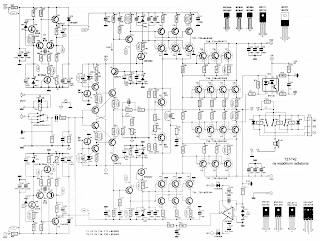
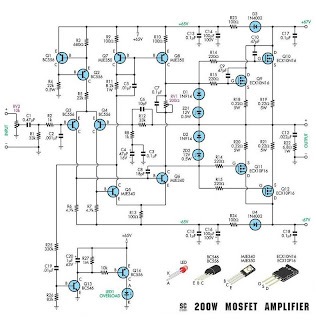
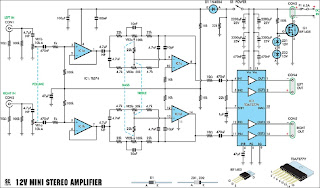

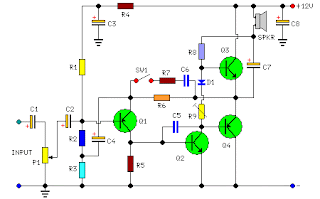




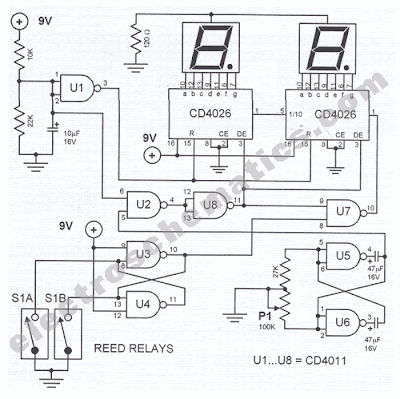






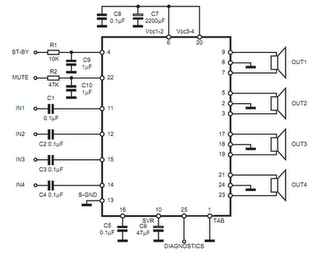 diagram 4 x 35W Car Audio Amplifier TDA7383
diagram 4 x 35W Car Audio Amplifier TDA7383

